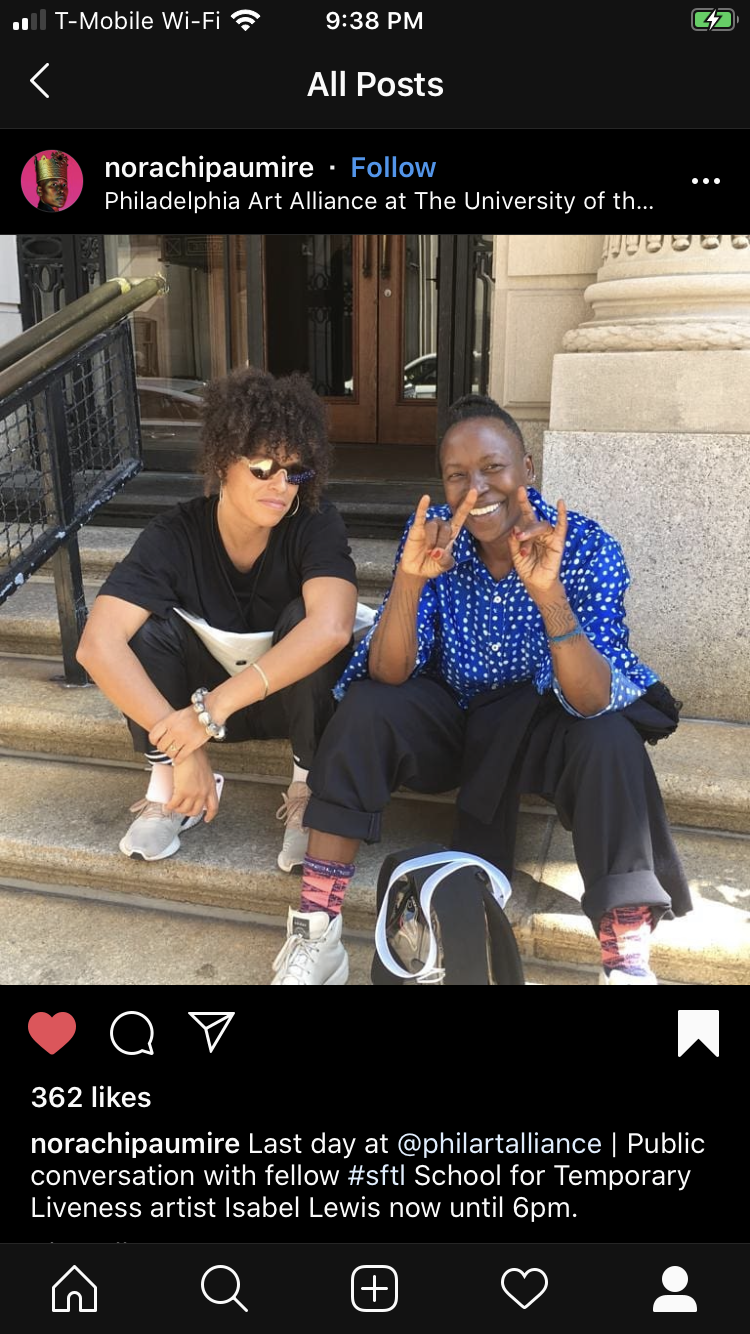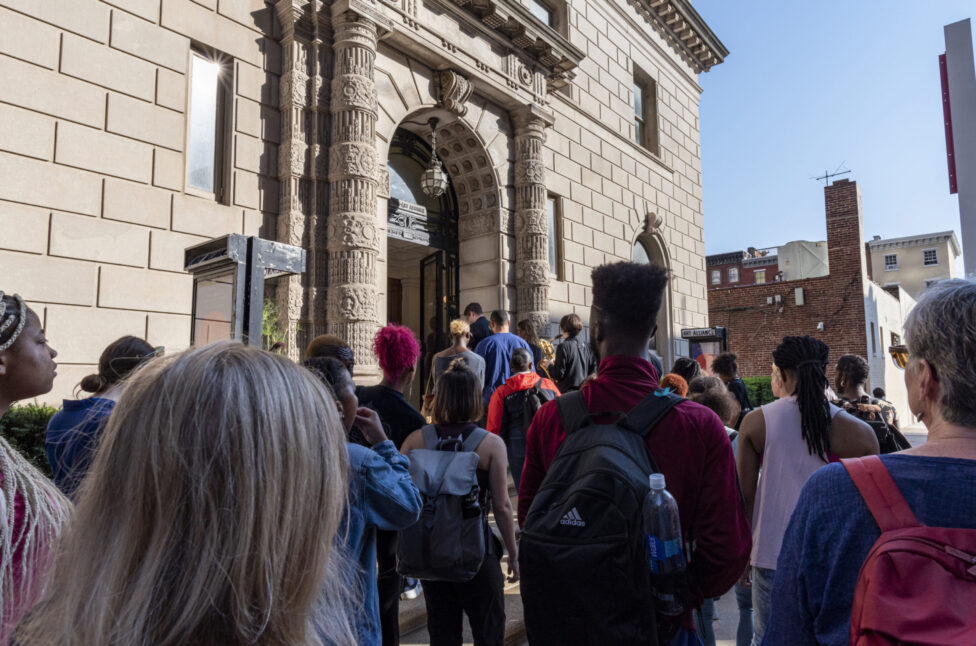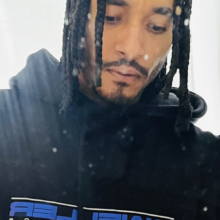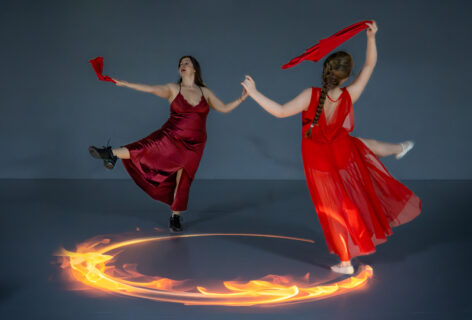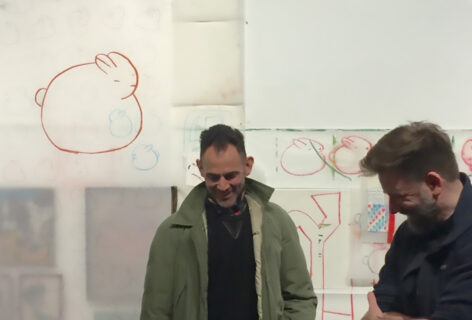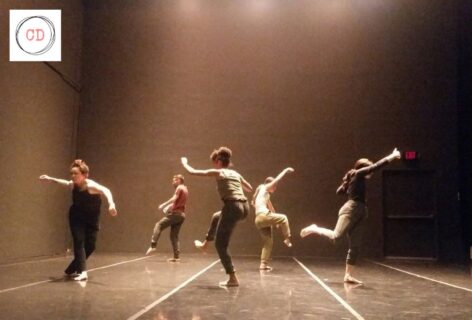The School for Temporary Liveness took place from September 25th to October 2nd, 2019 at the Philadelphia Art Alliance—a historic home turned interdisciplinary art space just off of Rittenhouse Square. Situated between two wealthy high-rise condominium buildings, the Art Alliance’s exterior boasts a regality that gives way to an interior in need of care and use. The rooms of this former mansion were not particularly designed to house the performances, conversations, workshops and other kinds of gatherings that spanned the week of the School for Temporary Liveness, however the density and circulation made possible by this three-story house generated forms of study that we could not have fully imagined in the project’s planning.
Although this was, in a formal sense, a project dreamed up and presented by the School of Dance at University of the Arts, the School for Temporary Liveness was and is very much a fictional school—we made it up! It has no accreditation, offers no certification, and yet, to believe in the materialities of this fiction, and what participating in the performance of this school might do, was very much the proposition of this project. Unlike the private and costly university, the School for Temporary Liveness was free and open to the public, a public which expanded beyond university students, faculty and staff to include a wide range of visitors and participants. In this school outside of a school, other kinds of learning occurred. Situating performances as sites of study and positioning the school itself as the ultimate performance, the question of how we study liveness was constantly being asked and answered in new ways.
In what follows, we have tried to reassemble the School for Temporary Liveness to a degree that communicates a sense of what it felt like. The School was organized into three poetic frames—The Classroom, The Library, and Study Hall—plus an all-nighter, a.k.a. Night School. Each of these frames functioned to orient and re-orient our relationship to the work shared within them. To move through the entire week, or even a day of the School, was probably to lose sense of these frames entirely—the library becoming the study hall becoming the classroom. However for the purposes of this assemblage, we have returned to these devices to help us navigate the project’s continuous reverberations and afterlives.
-Lauren Bakst and Niall Jones
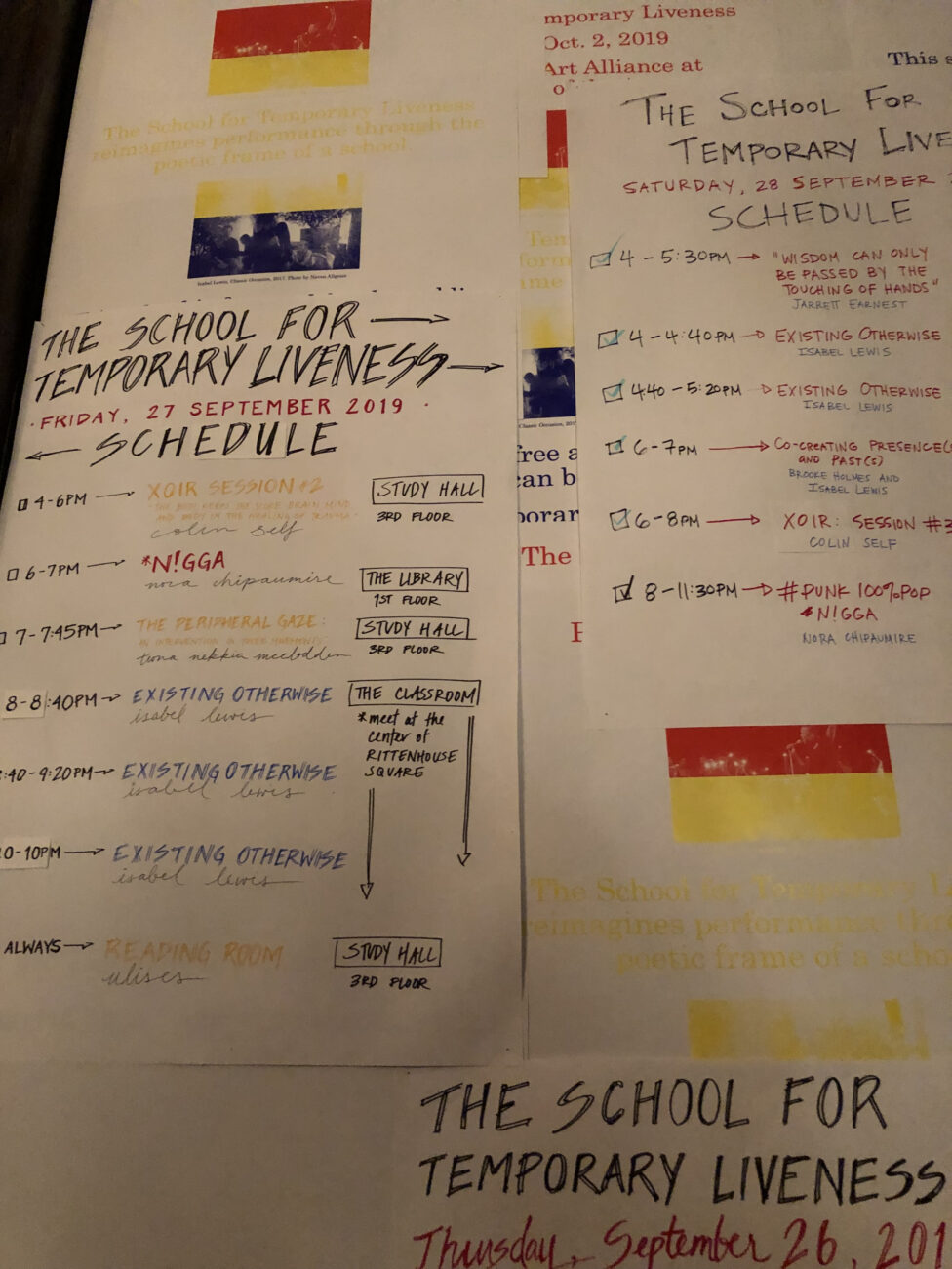
THE CLASSROOM
Performances, the School suggests, are inherently pedagogical, in that they simultaneously propose and enact models for living in and with the world. A performance then, can be a space where the codes of knowledge acquisition are unlearned or reconfigured. When we watch a dance, what are we looking for? Presented as The Classroom, Isabel Lewis’ new work Existing Otherwise, made in collaboration with the sound duo LABOUR for a cast of thirteen dancers and a rotating brass band, proposed choreographies of escape and flight in response to the racialized and gendered historical architectures embedded within the site of the Art Alliance, or more broadly, American wealth, decay, and domesticity. As “good” spectators or “good” students of this work, we might look for the dance—following the processional from the park in and throughout the rooms of the Art Alliance, trying to see, trying not to miss out or miss “it.” However, to learn from Existing Otherwise was to learn how we might all, in a sense, be navigating and participating in choreographies of capture and the possibility of flight.
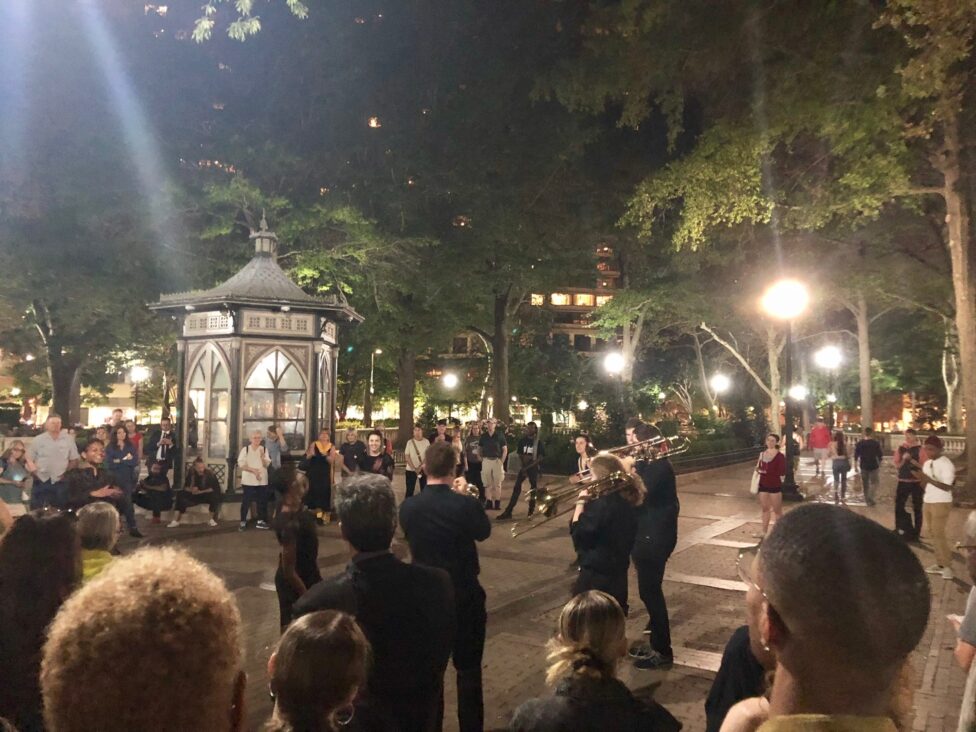
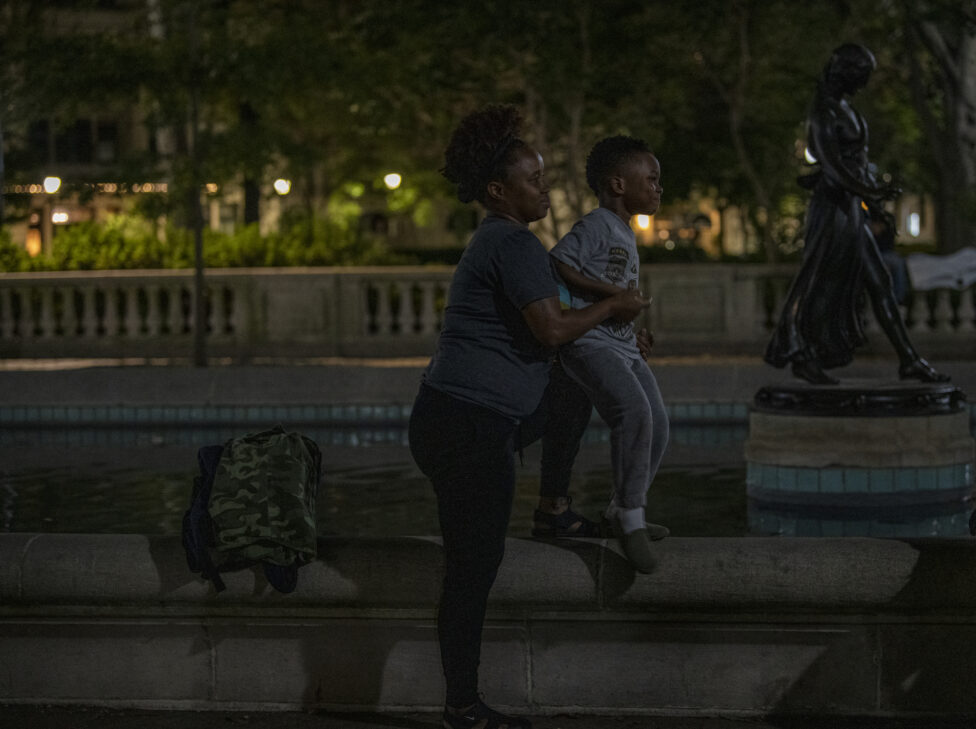
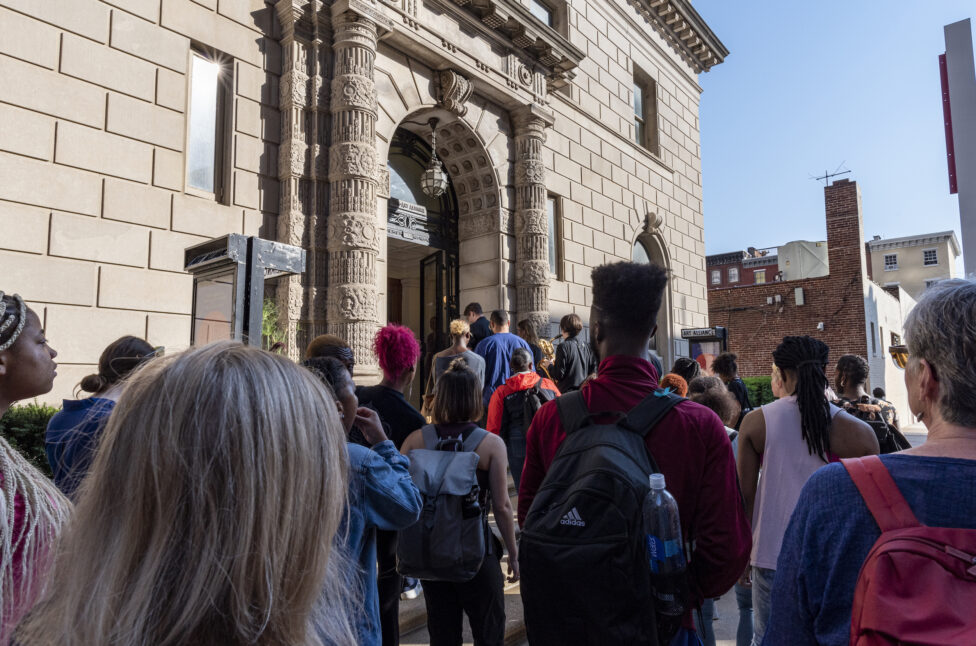
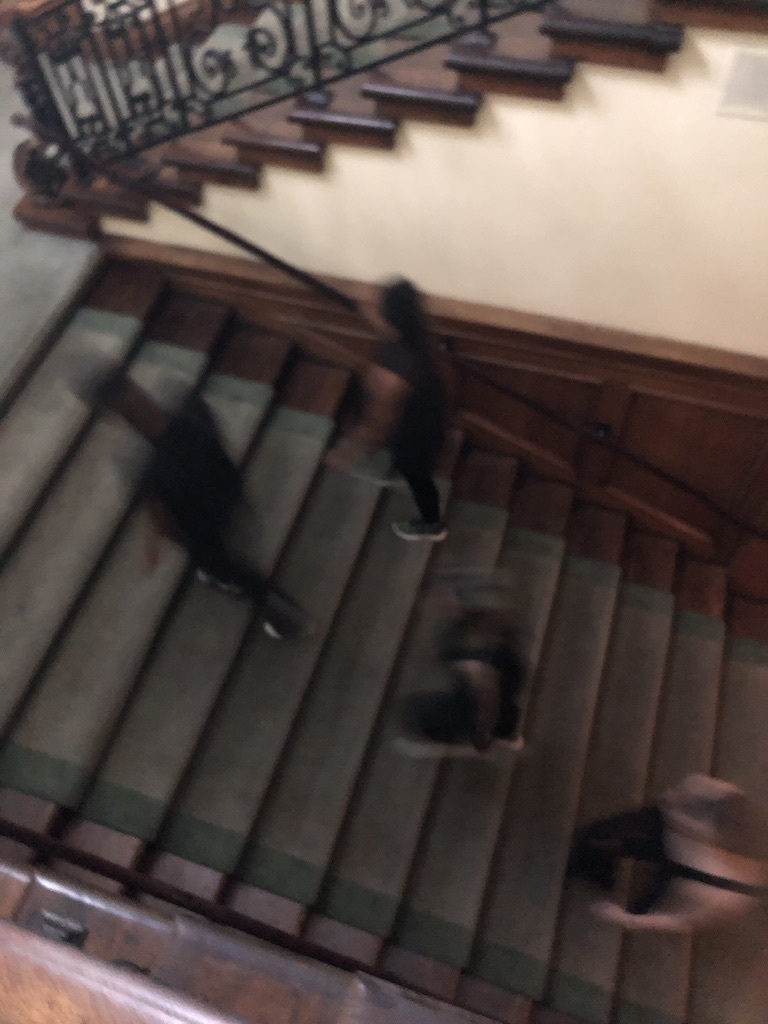

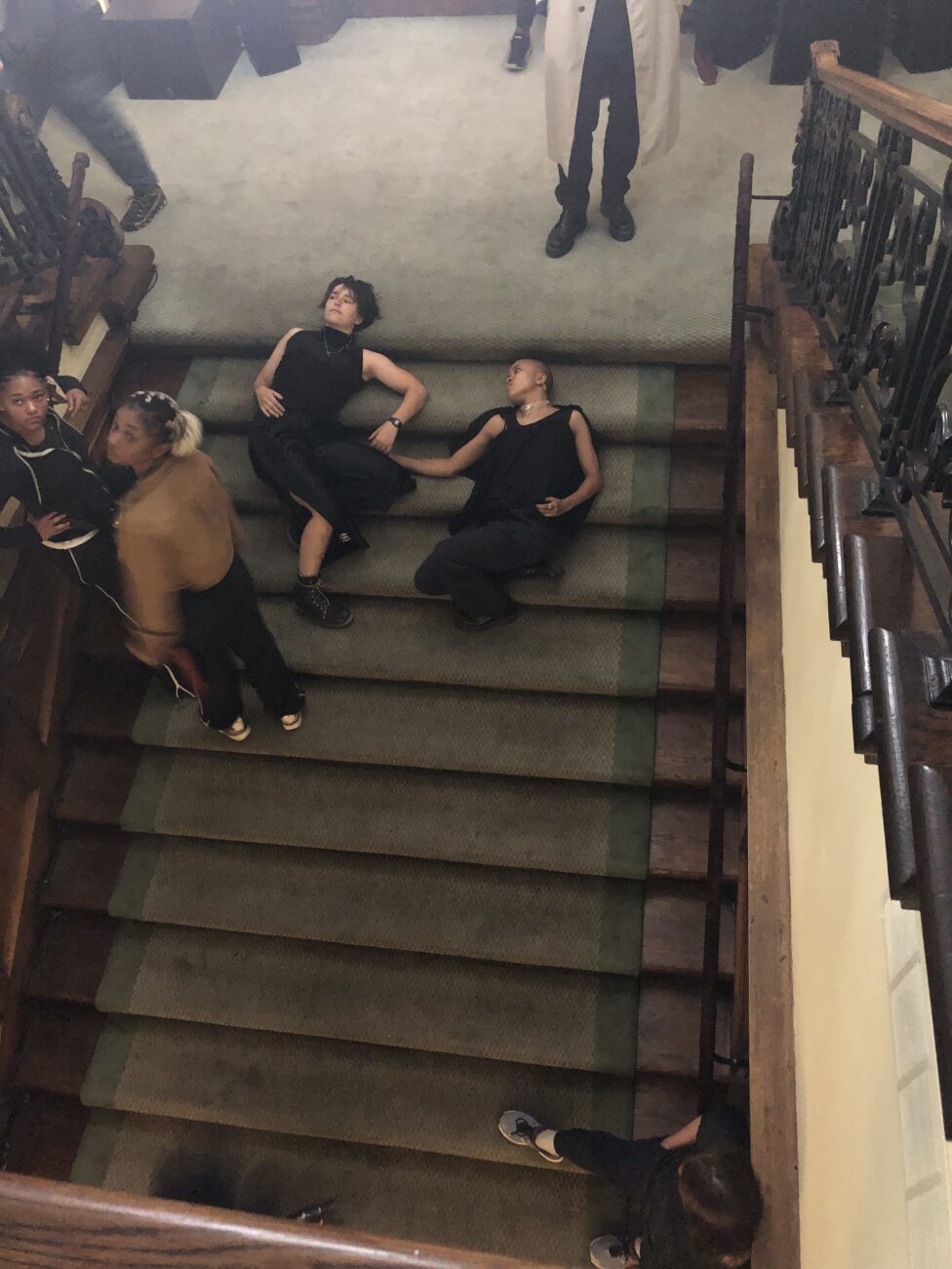
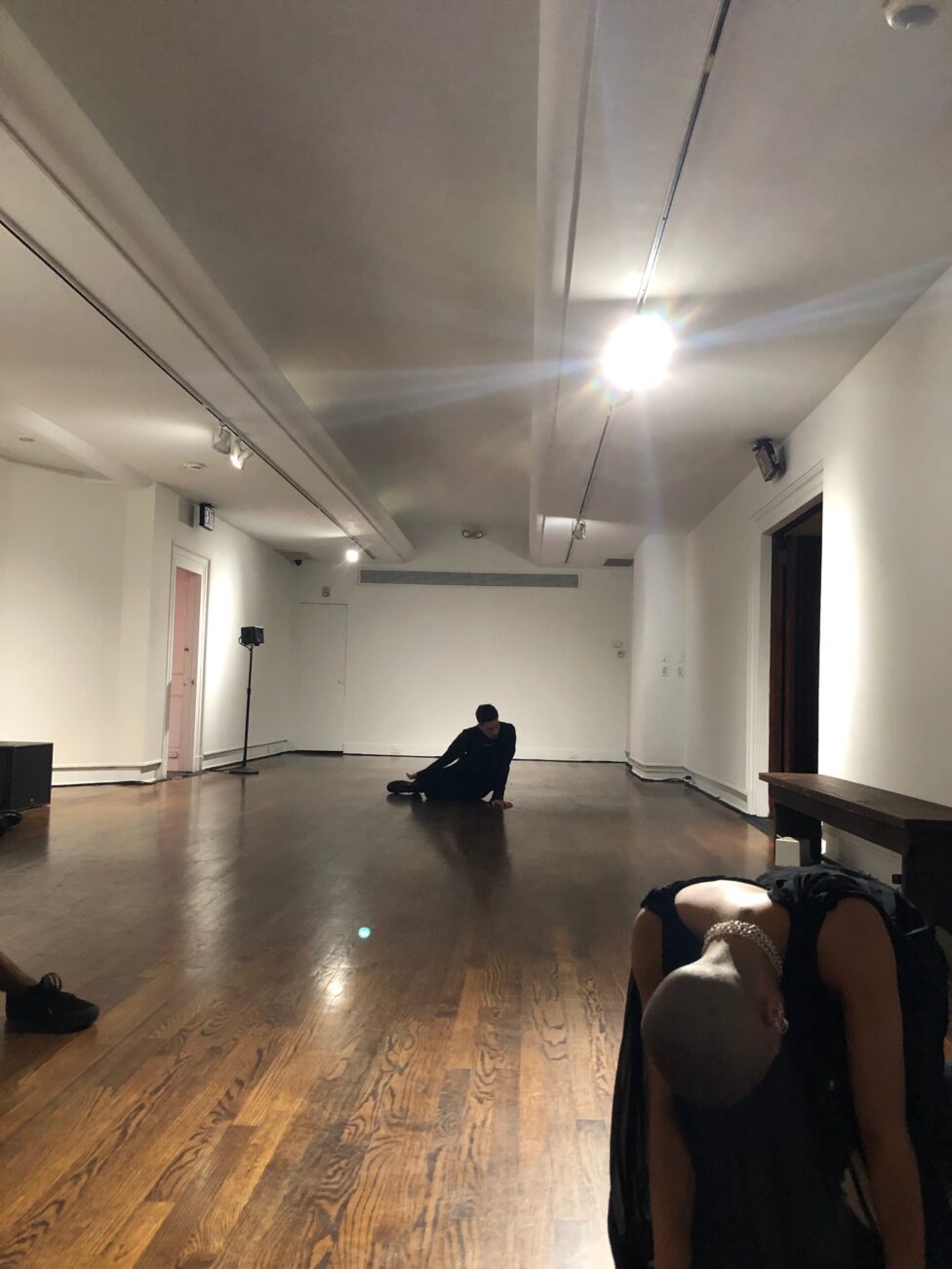

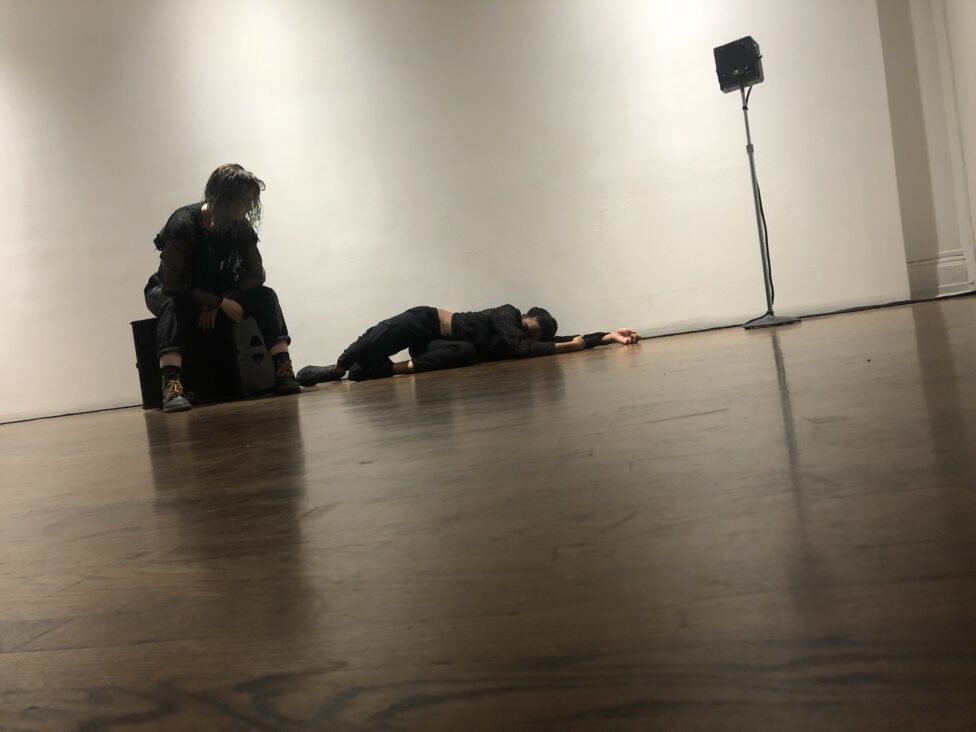
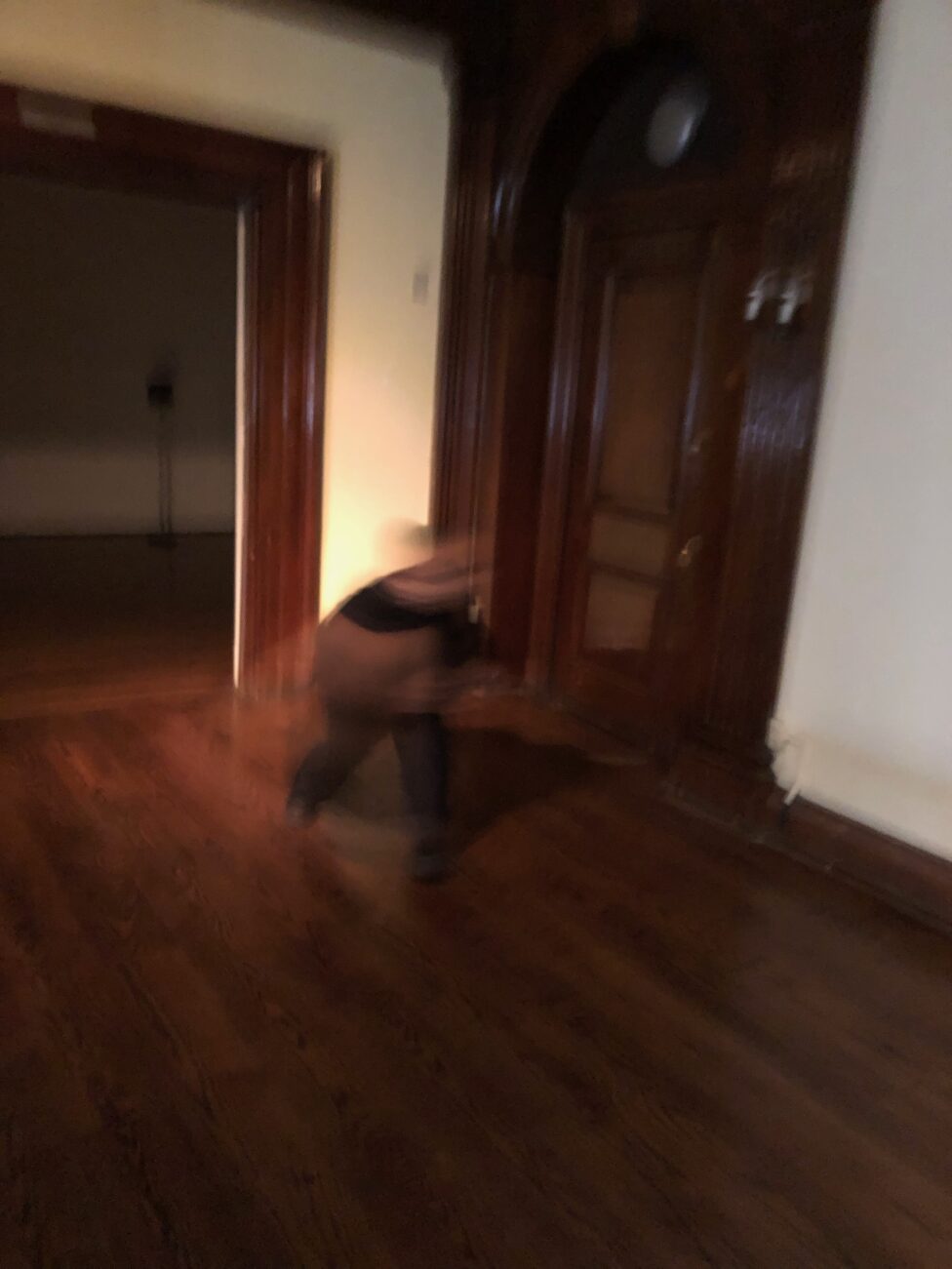
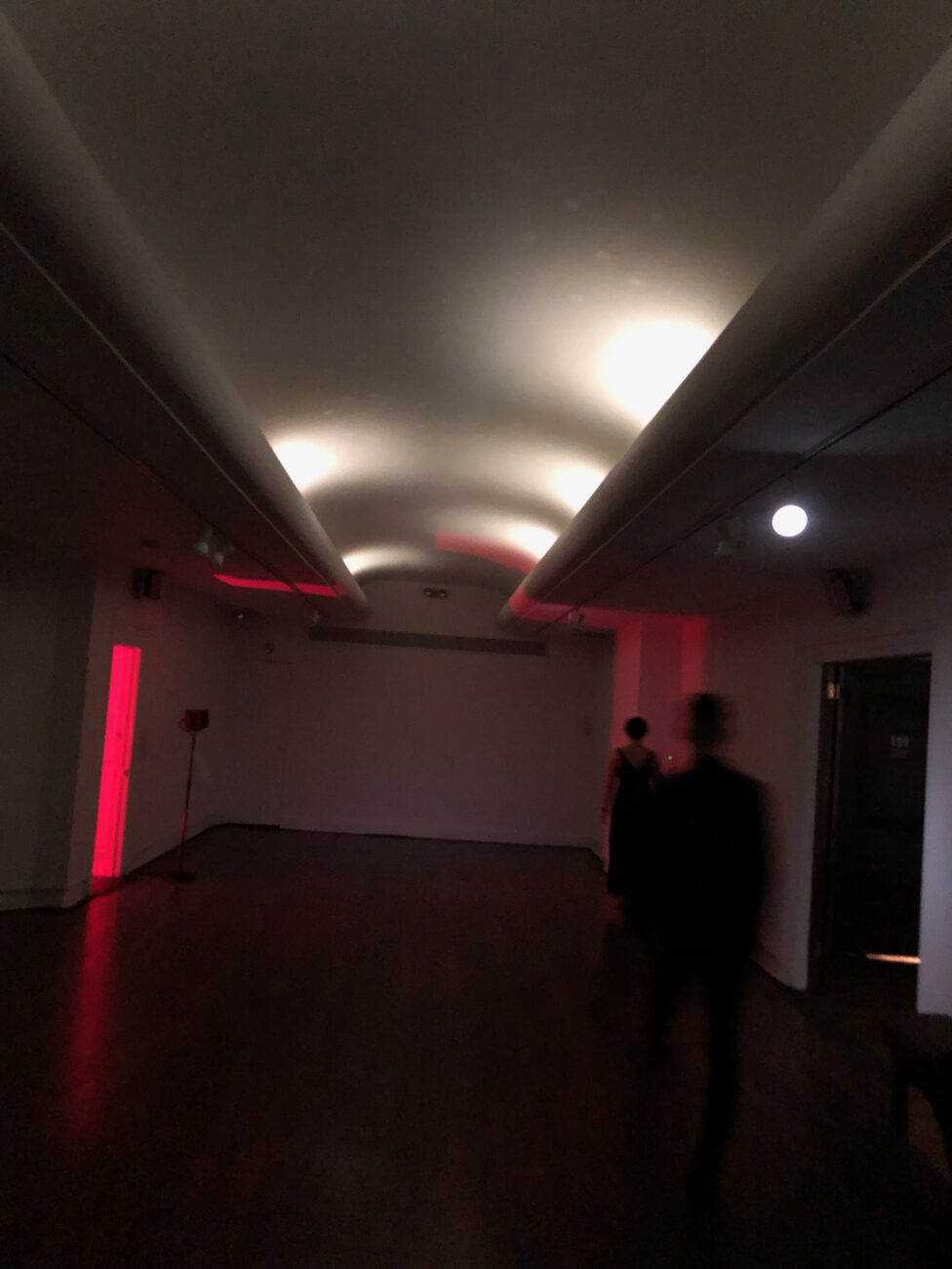
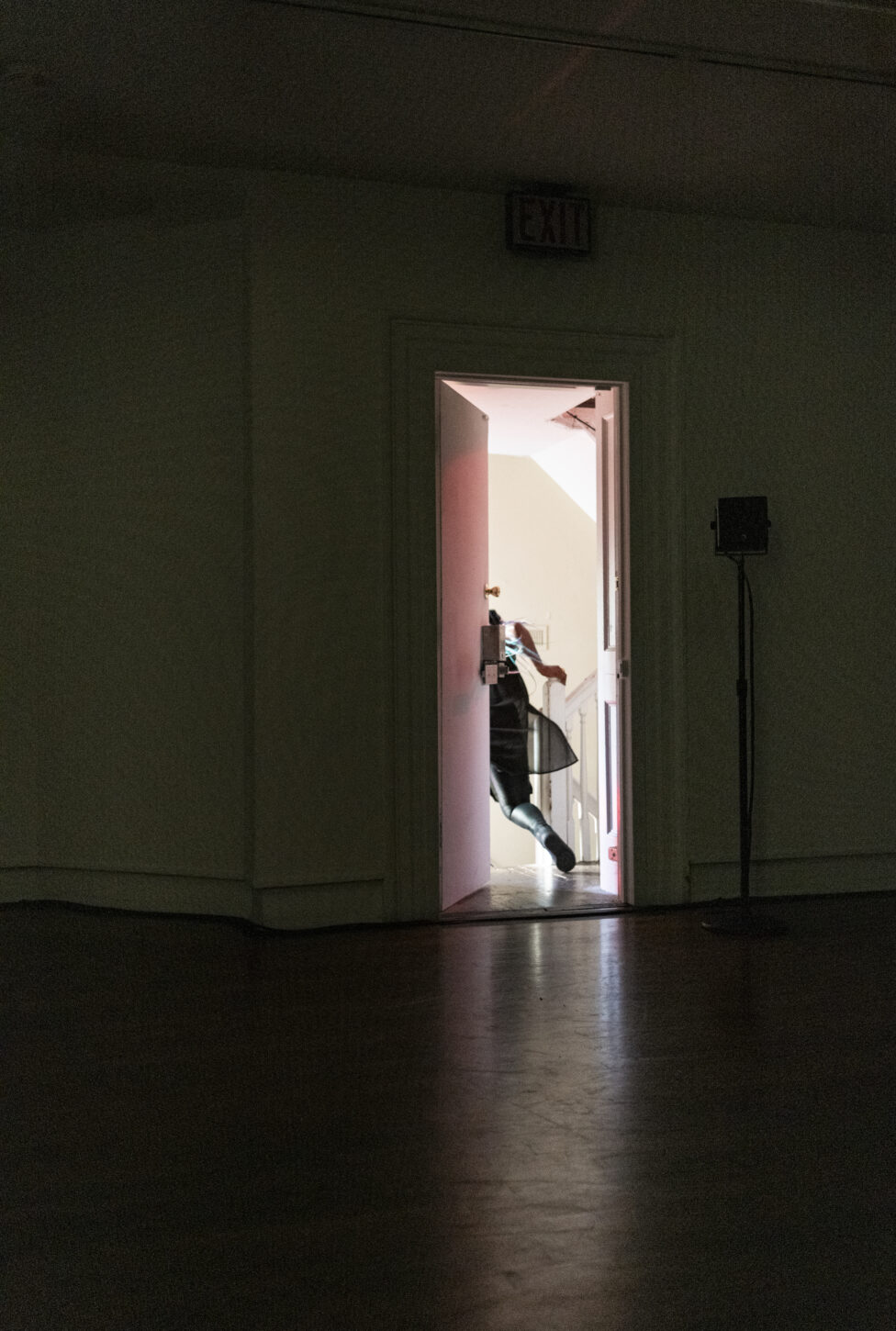
Scenes from Existing Otherwise created by Isabel Lewis in collaboration with LABOUR. Performed by Elyse Browning, Jhelan Gordon-Salaam, Neva Guido, Mads Klemm, Hillary Pearson, Megan Quinn, Majesty Royale, Micah Love Spencer, sav vawter, Parker Wagar, Jiamond Watson, AJ Wilmore, Miles Yeung-Tieu and members of “Z” Big Band at University of the Arts. Images include photos by Constance Mensh as well as by School visitors, participants, and organizers.
THE LIBRARY
The Art Alliance was not meant to hold nora chipaumire’s epic trilogy, #PUNK 100%POP *N!GGA. In fact, the night before School opened, we found ourselves taping large pieces of cardboard over rows of insulation stuffed in the windows so that we might stop them from rattling too much, keep the sound in, and ease the concerns of our highly suspicious neighbors. Something about this containment of space meant that the work entered us that much more, each iteration of the performance engulfing our bodies and spilling over and out of us to an infinitely higher degree. Presented in and as the Library, The School suggested that #PUNK 100%POP *N!GGA is its own kind of encyclopedia and that we are reading. In nora’s work, reading is only possible through the movement of one’s own body in the crowd, amidst the negotiation of waves of ecstasy and discomfort that hit each person differently within the surround of blackness the work conjures and makes felt. “The work is the world,” as nora says, and we are in it with her.
Scenes from #PUNK 100%POP *N!GGA by nora chipaumire, performed with Pape Ibrahima Ndiaye a.k.a. Kaolack, DJ Atiyyah Khan and Austin Williamson on drums. Videos by School visitors, participants, and organizers.
STUDY HALL
Each day of School, the offerings within Study Hall proposed new orientations towards the act of study. This meant that sometimes we were seated, listening and absorbed, as in lectures by Simone White, Jackie Wang, and Rizvana Bradley, while at other times we were close together singing with Colin Self, making casts of our hands with Jarrett Earnest, tending towards the peripheries of archives with Tiona Nekkia McClodden, or reading with Ulises. The events in Study Hall punctuated the serial recurrences of the performances in The Library and The Classroom, providing new ways of being inside of those works, however indirectly. Over the duration of the week, Study Hall moved into progressively less-recognizable formats for engaging with discourse and practice, culminating in a gathering on the staircase—the spatial link between the library, classroom, and study hall—where we spent time listening, thinking and talking with Isabel, nora, and each other.
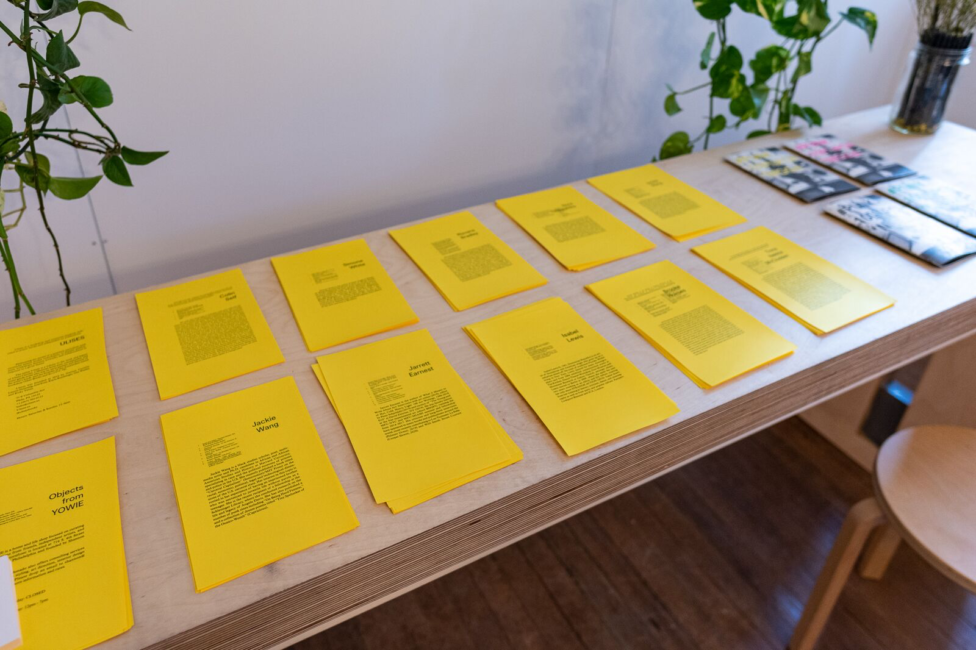

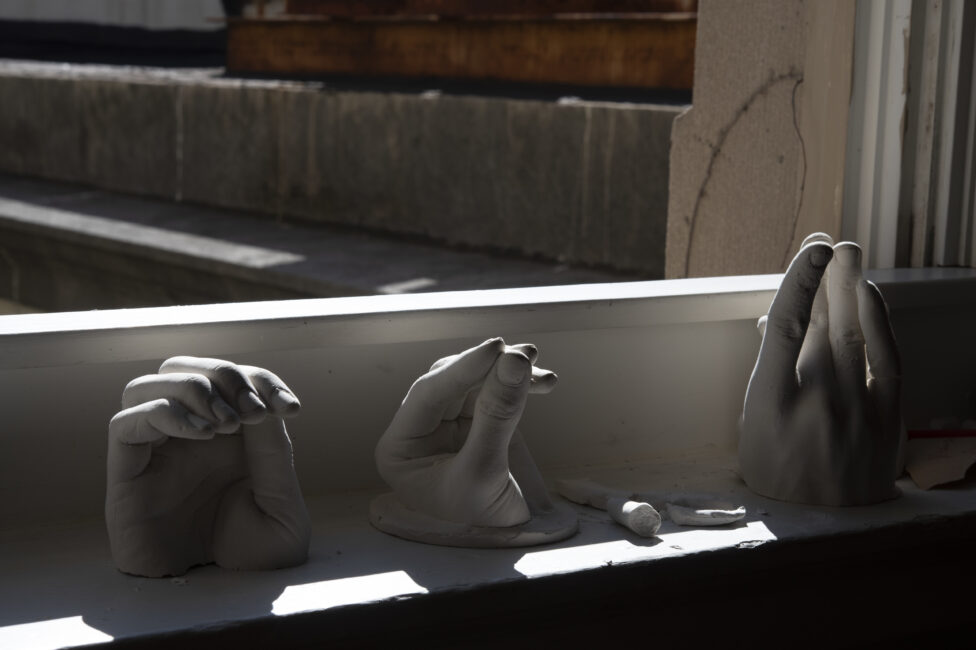
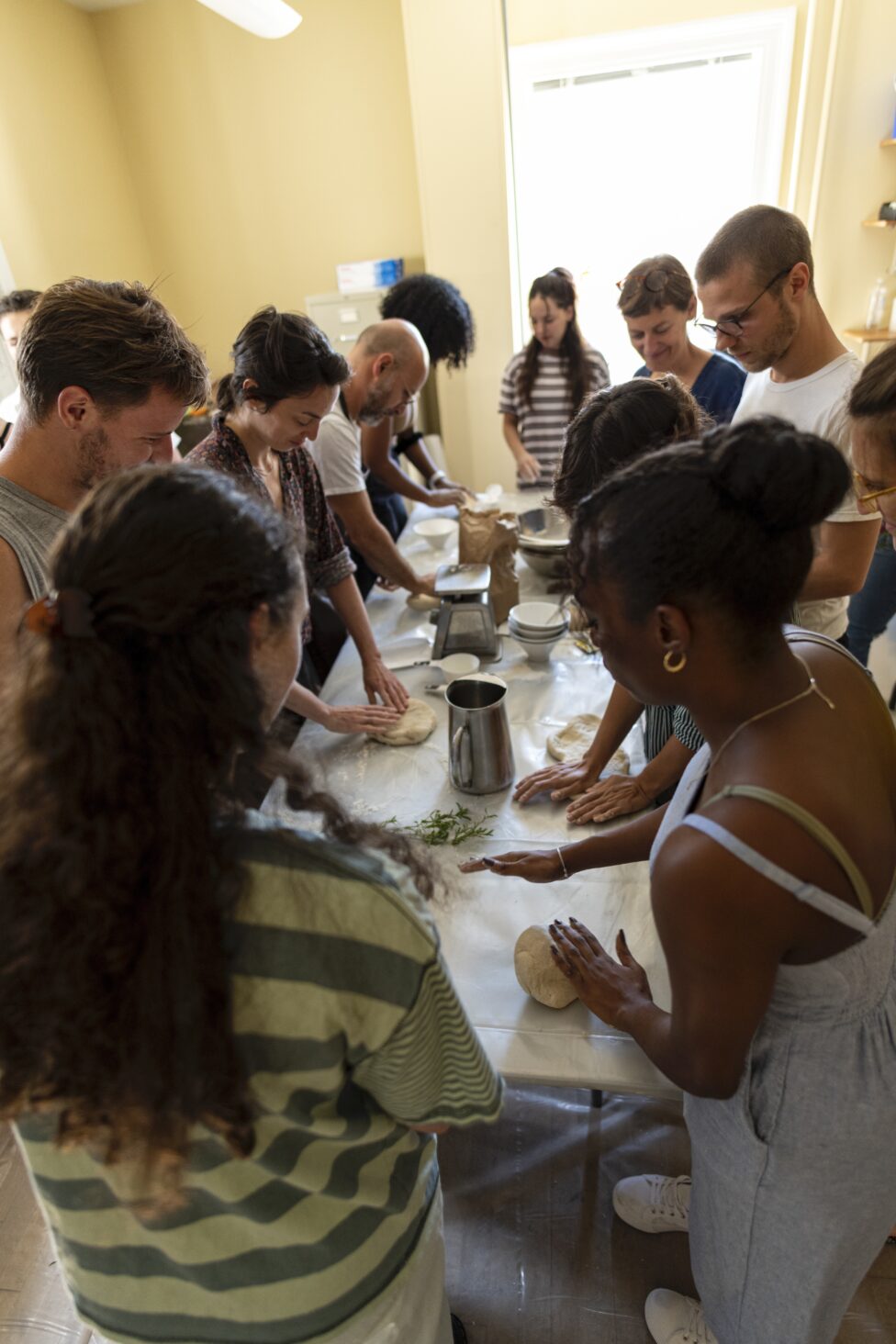
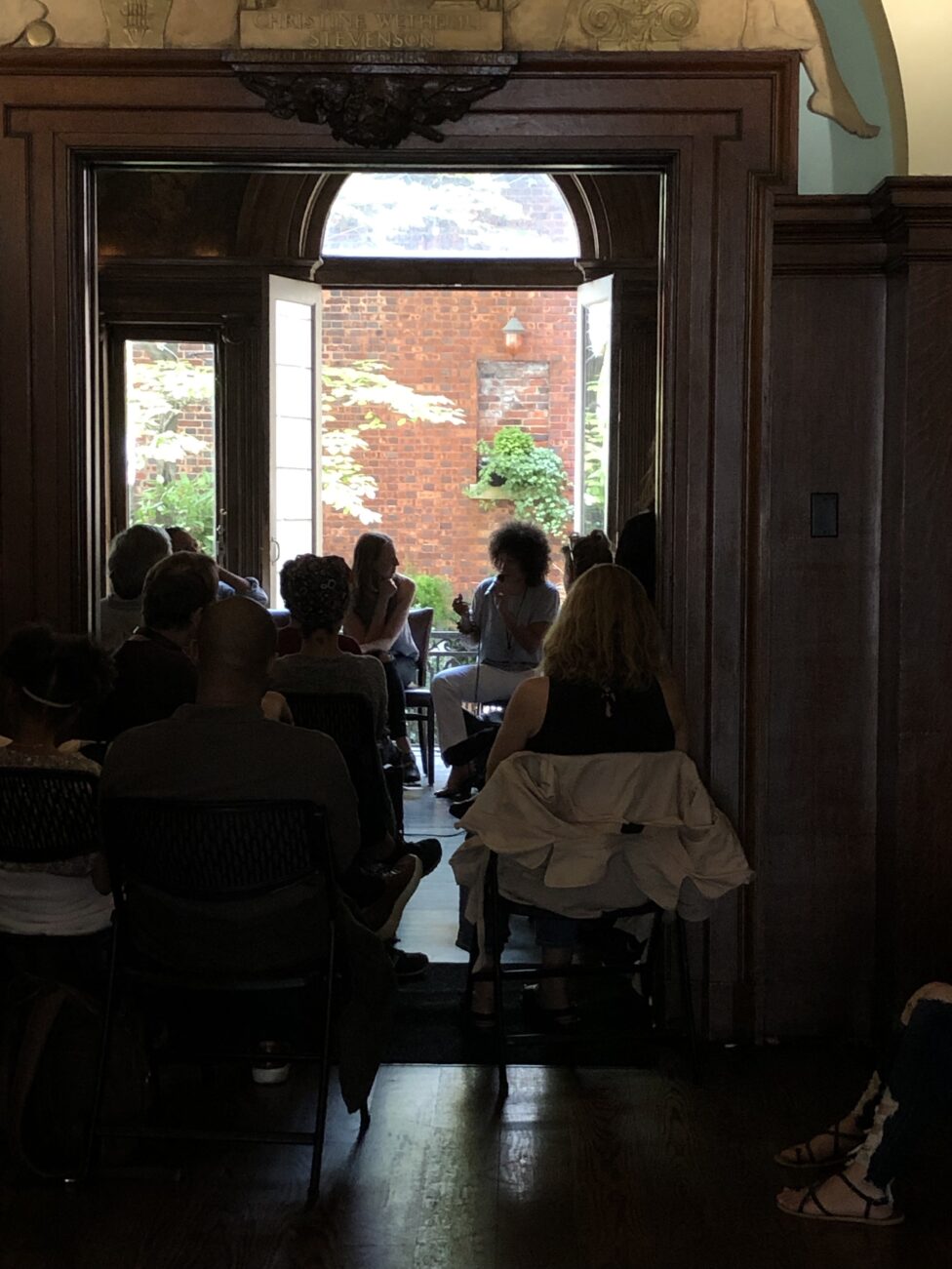
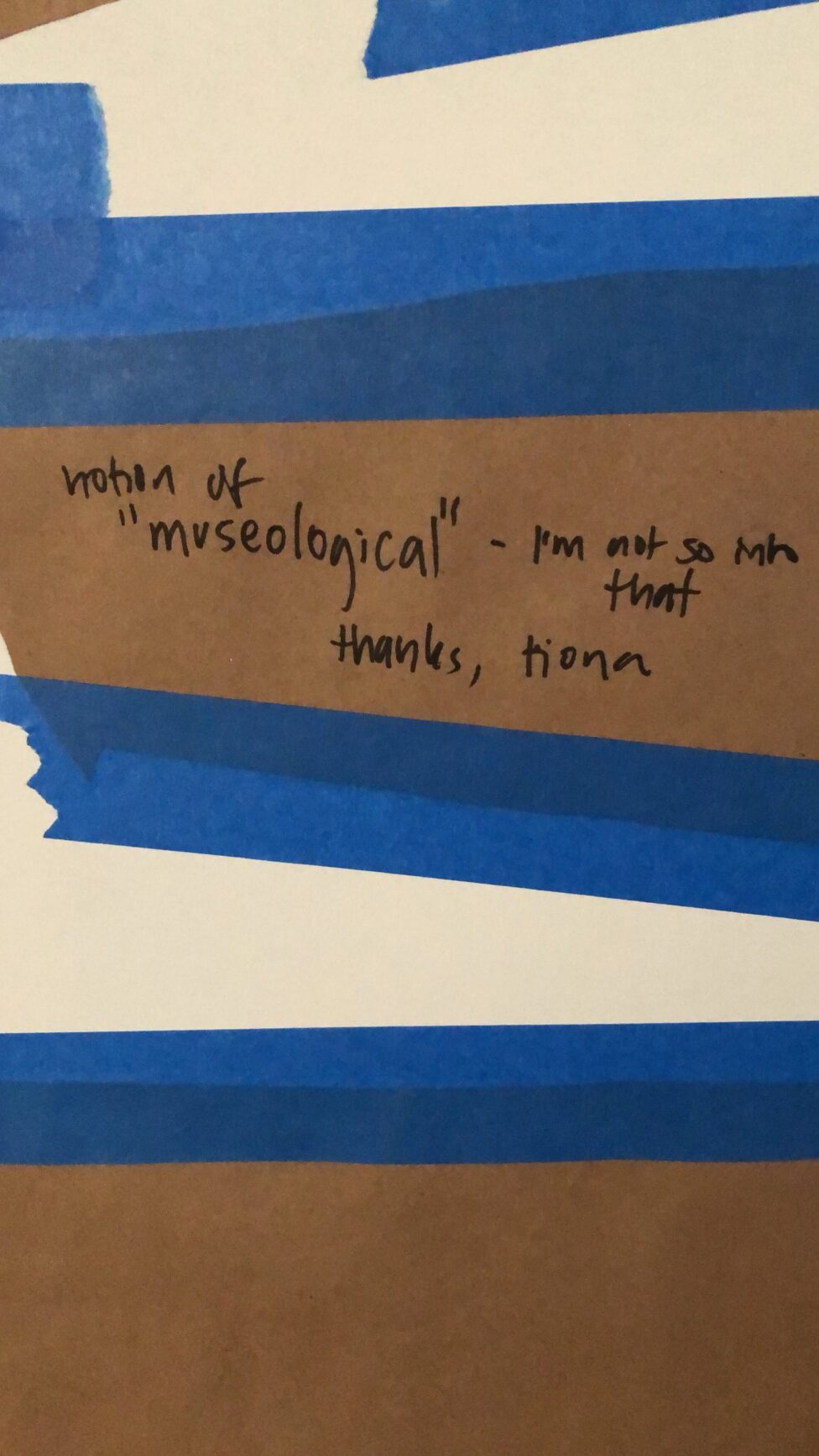
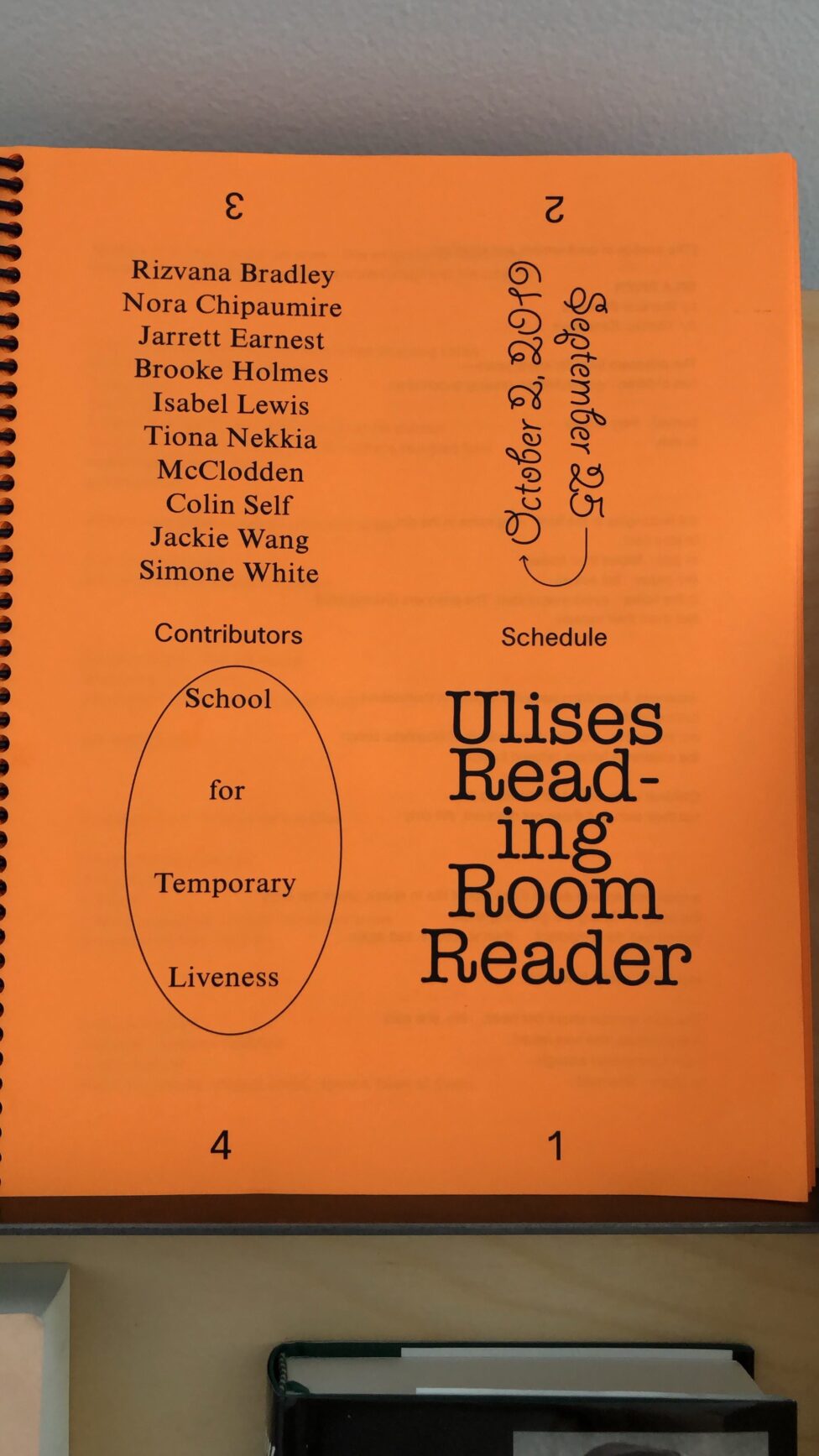
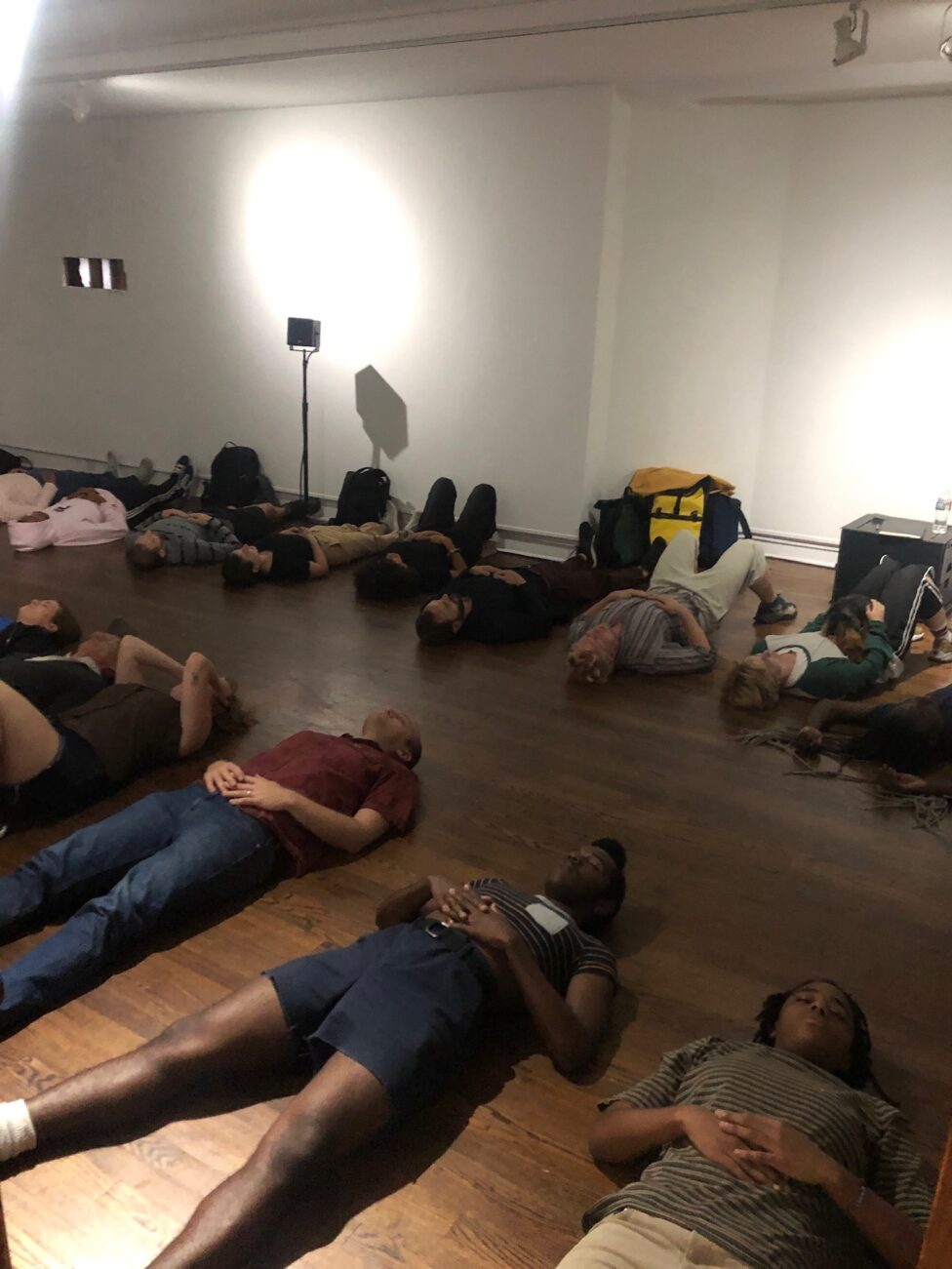
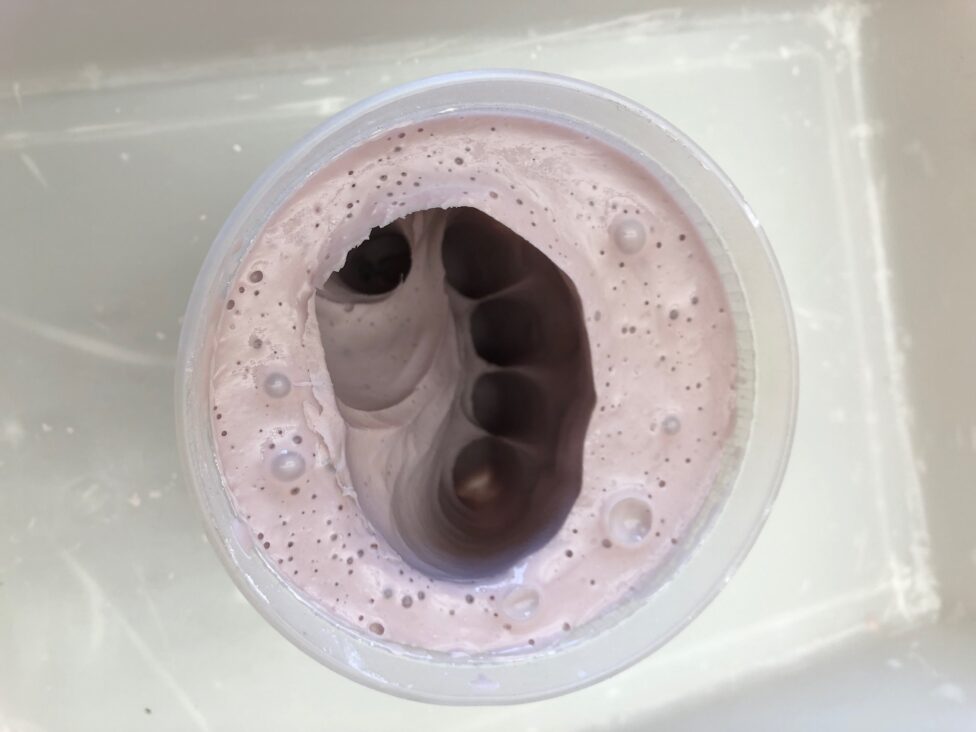
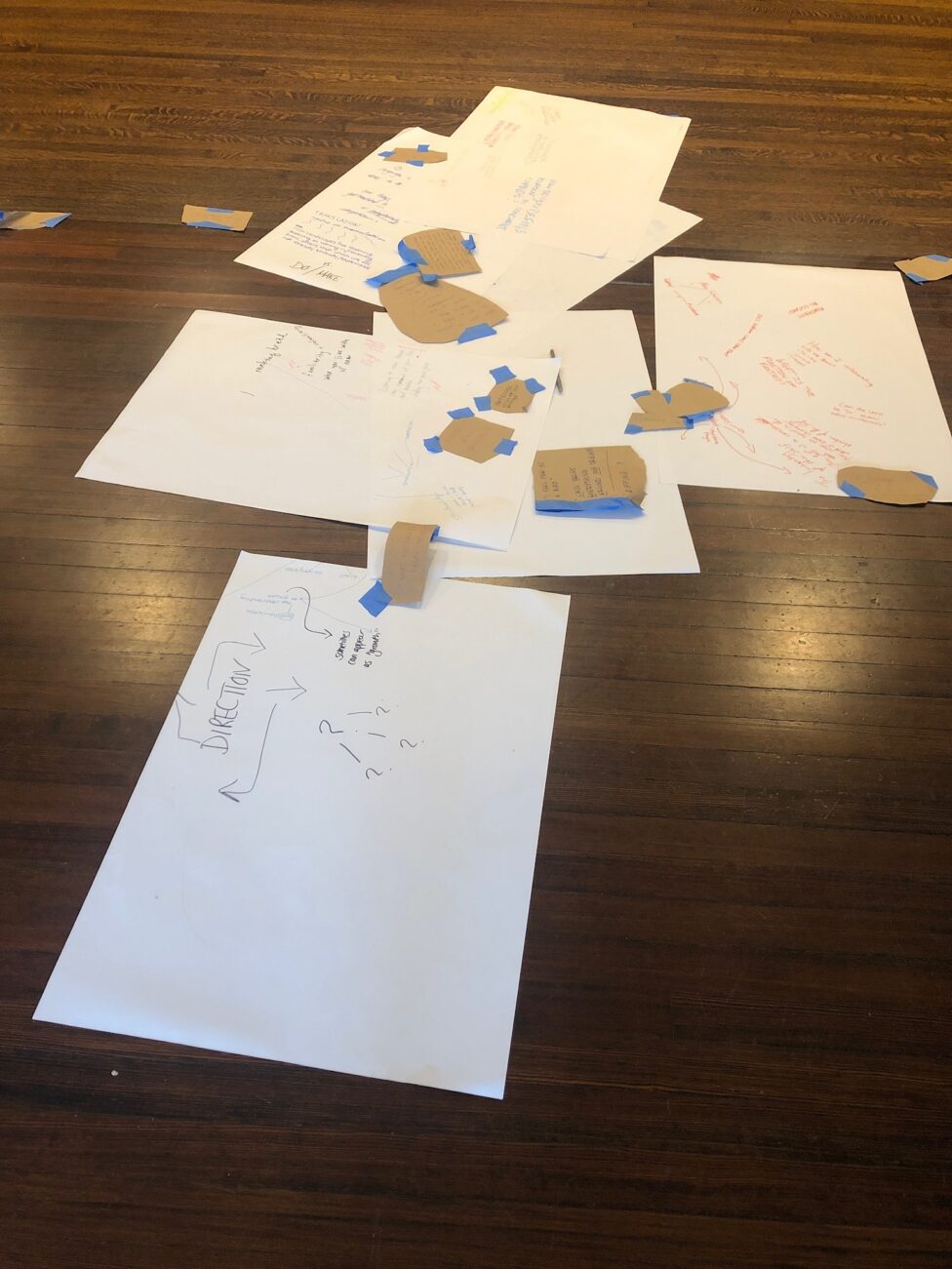
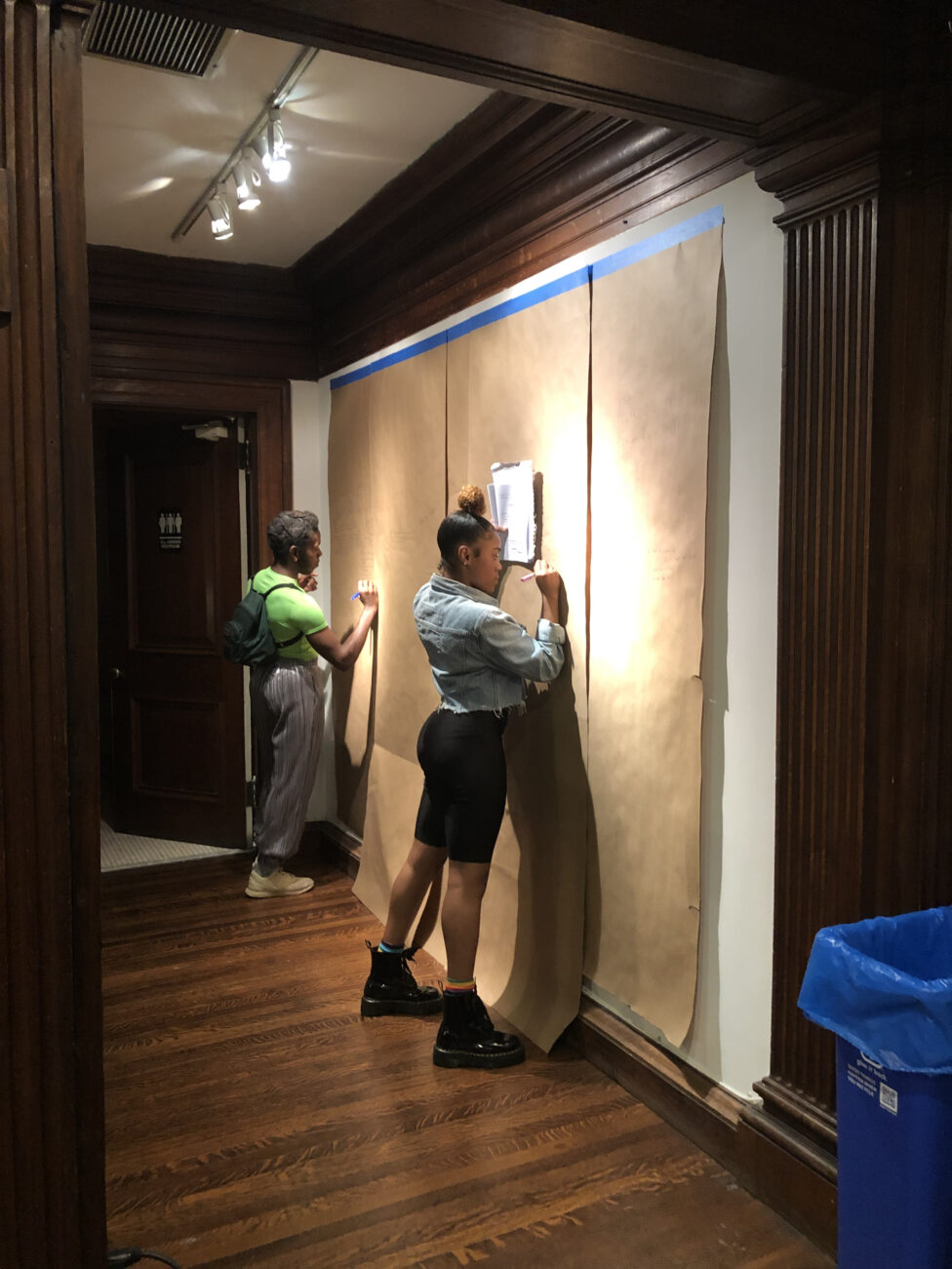
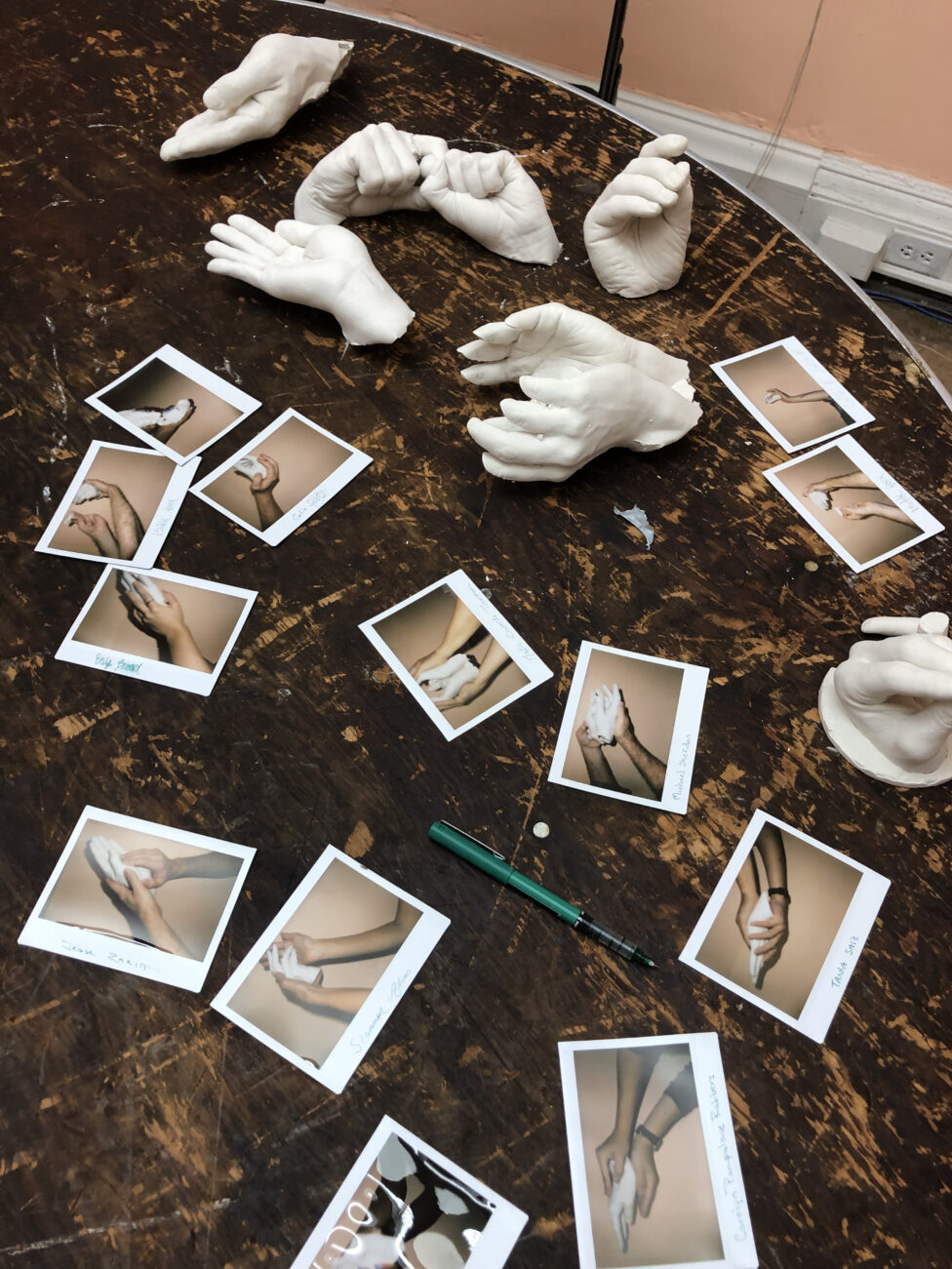
Scenes from Study Hall; photos by Constance Mensh as well as School visitors, participants, and organizers.
NIGHT SCHOOL
The photos do not say much about what occurred from midnight on Saturday into Sunday morning. A series of events unfolded over the course of the night and the building remained open. At midnight there was singing as well as a workshop on abolitionist poetics and dreaming, a screening of films around 1:30am, at 3am a performance in an adjacent alley, a slow walk at sunrise, and a morning radio show at 9am. Peripheral activities and classes were proposed, or just simply emerged. People arrived, left, and slumbered. Maybe things can / do change overnight.

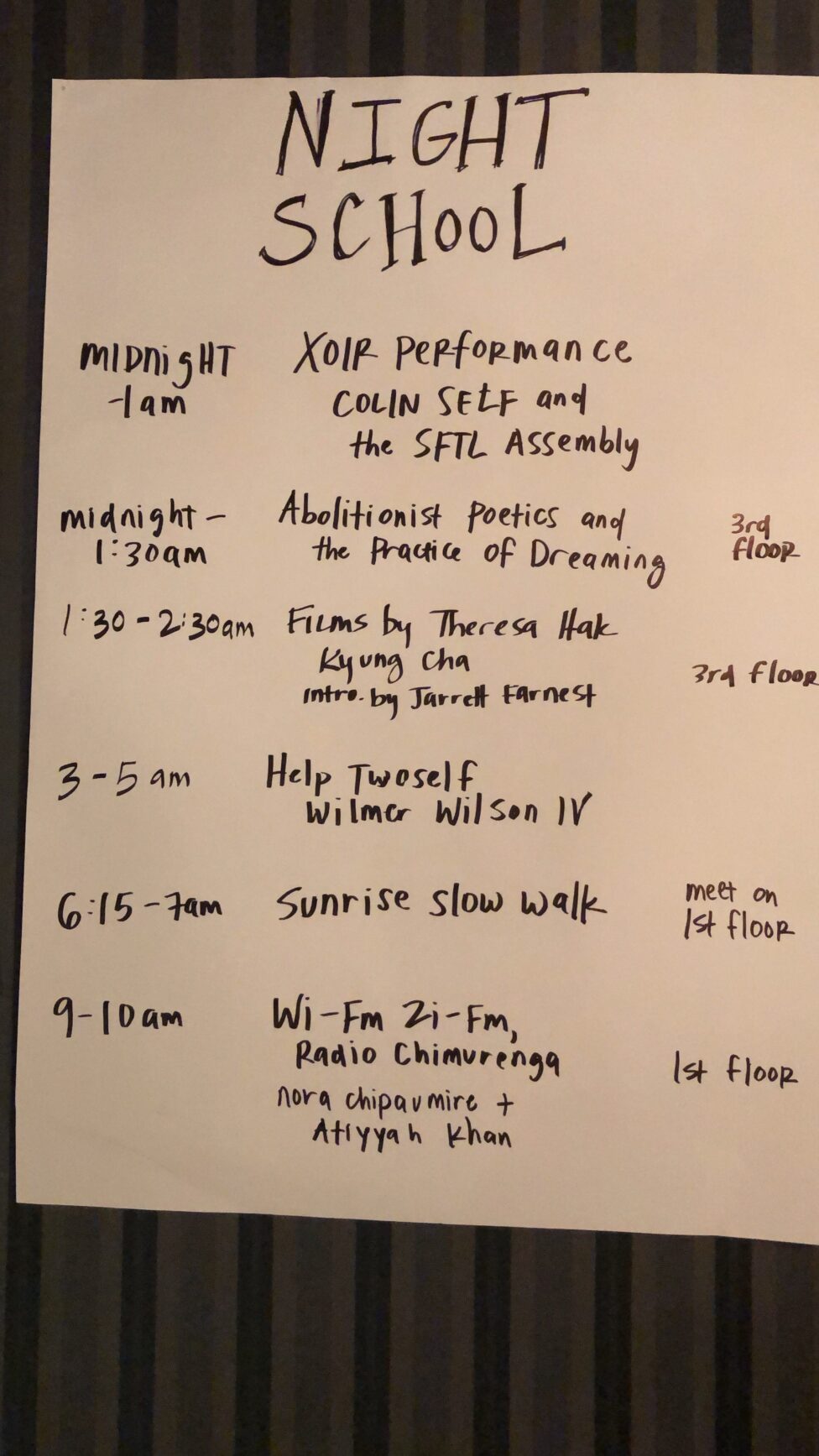
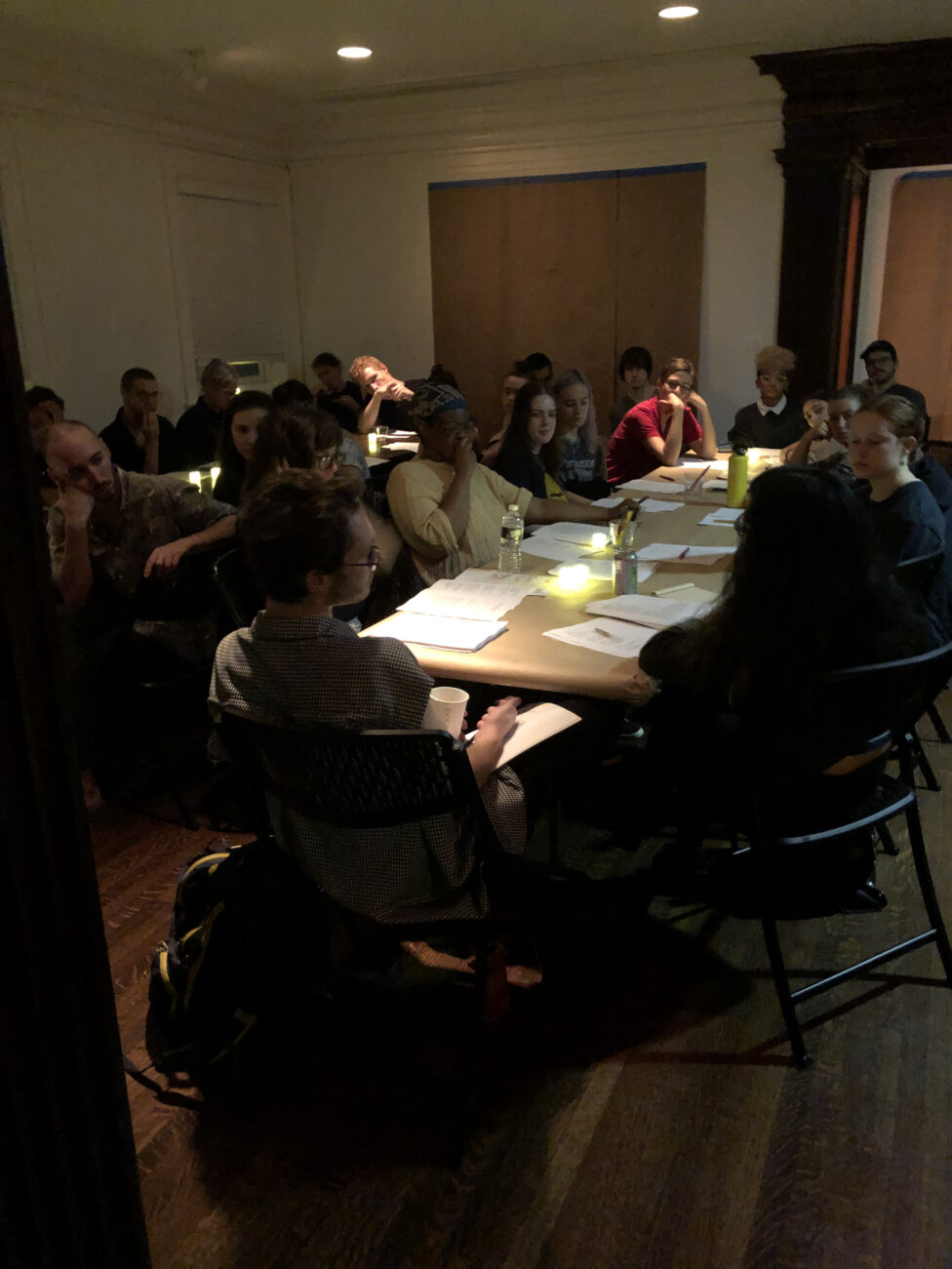
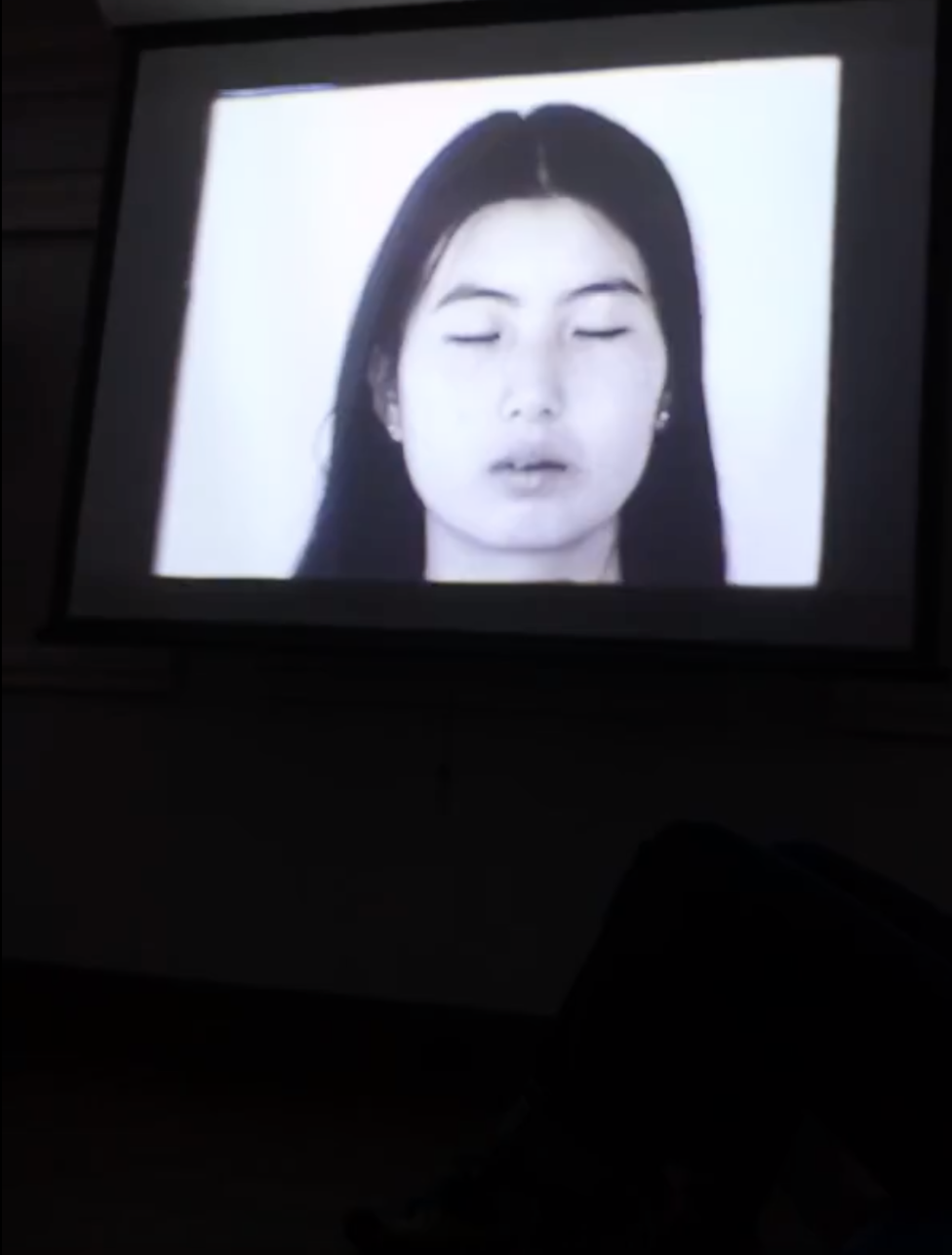
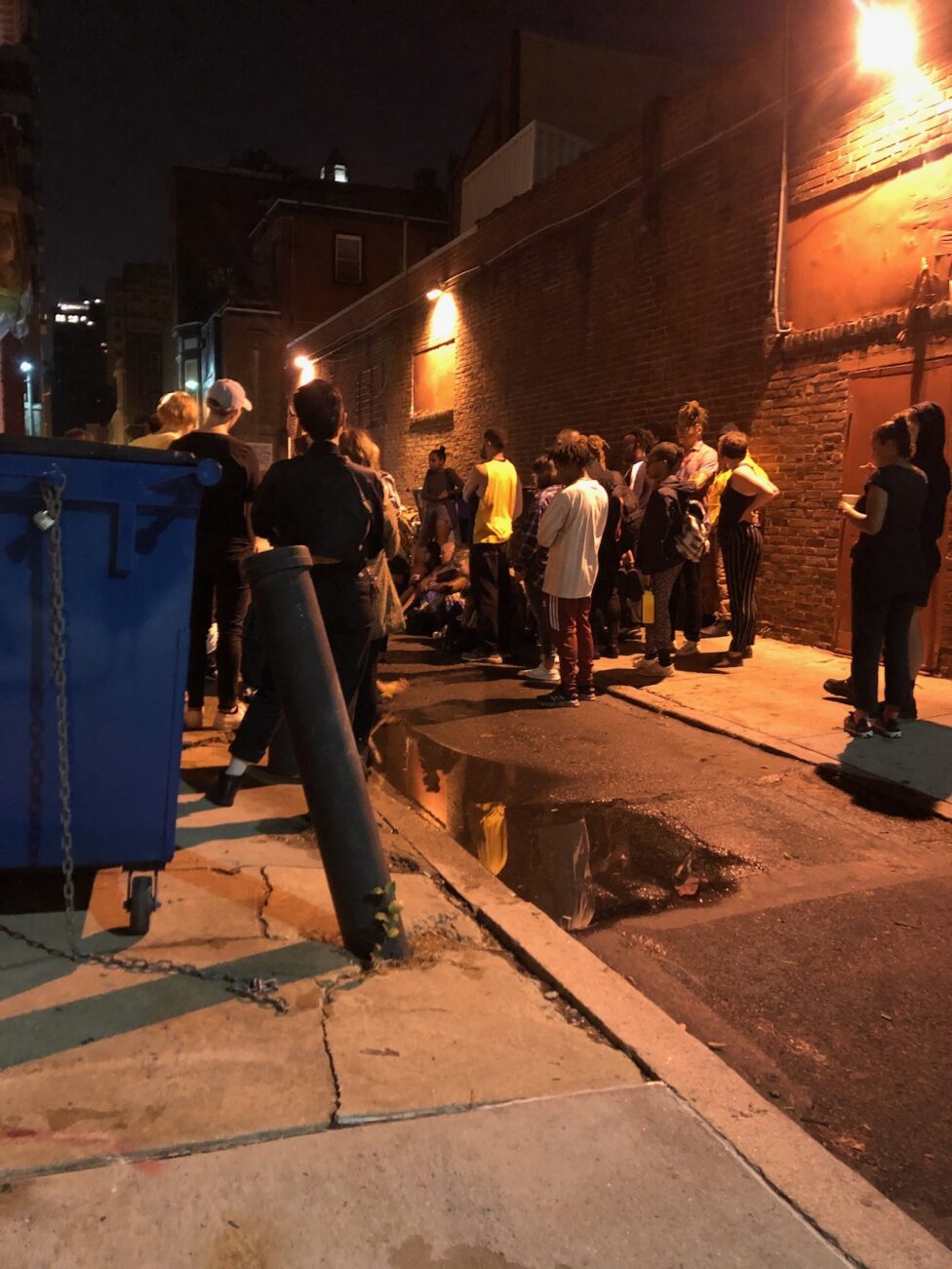
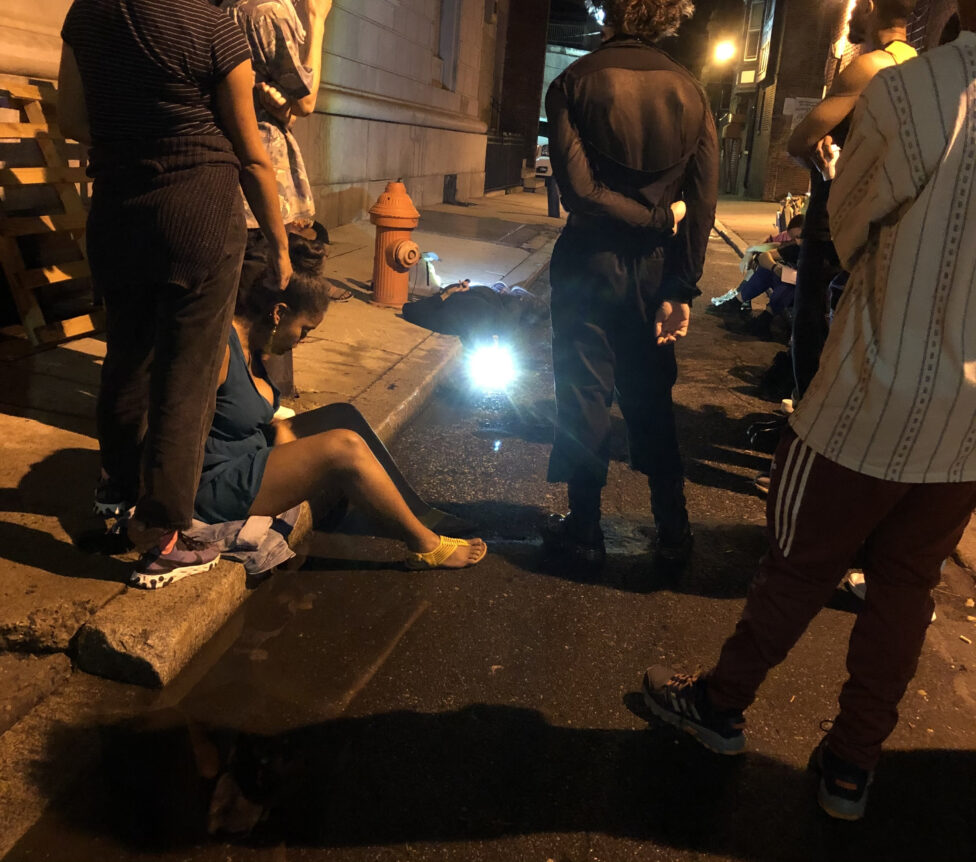

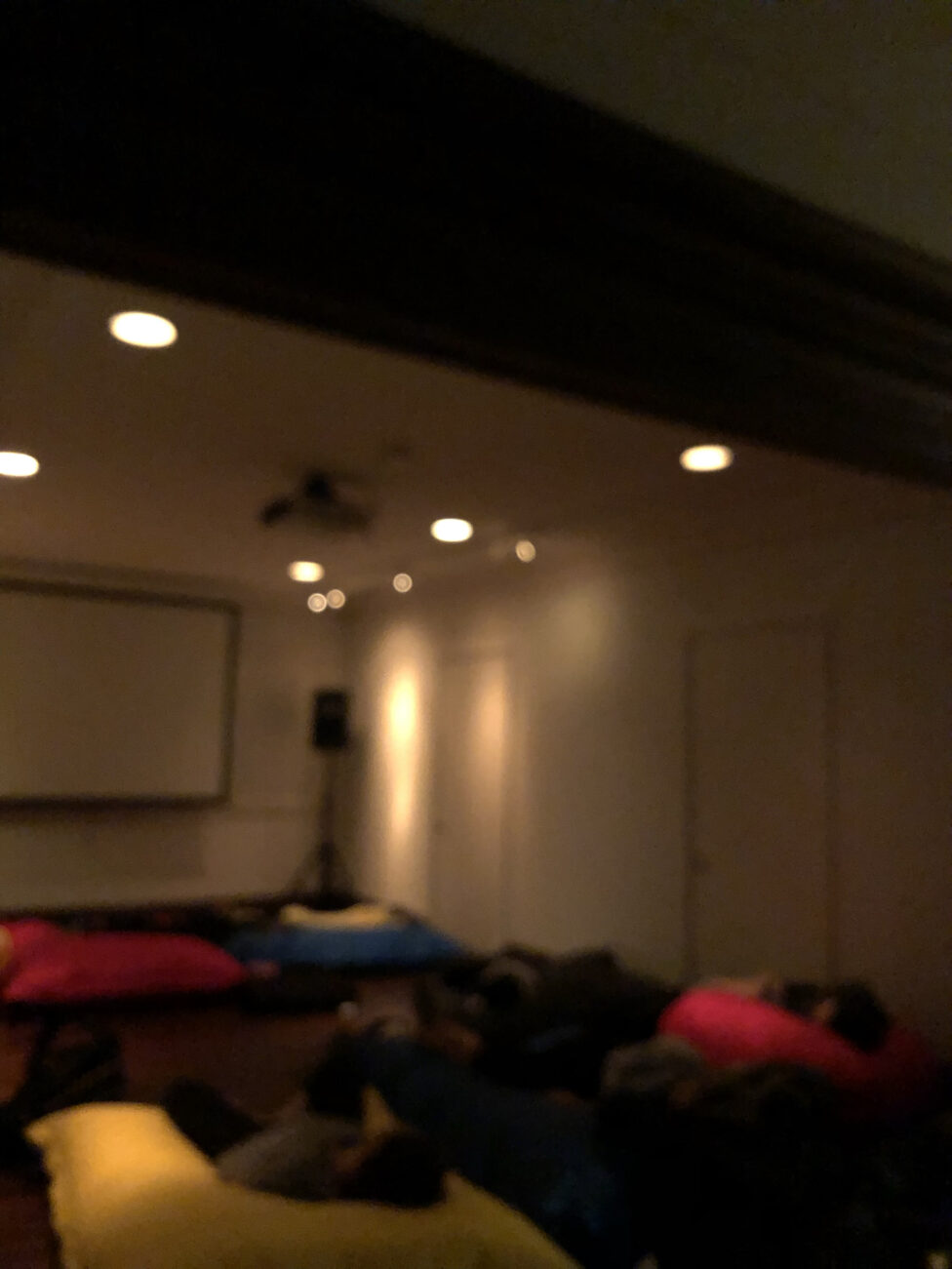
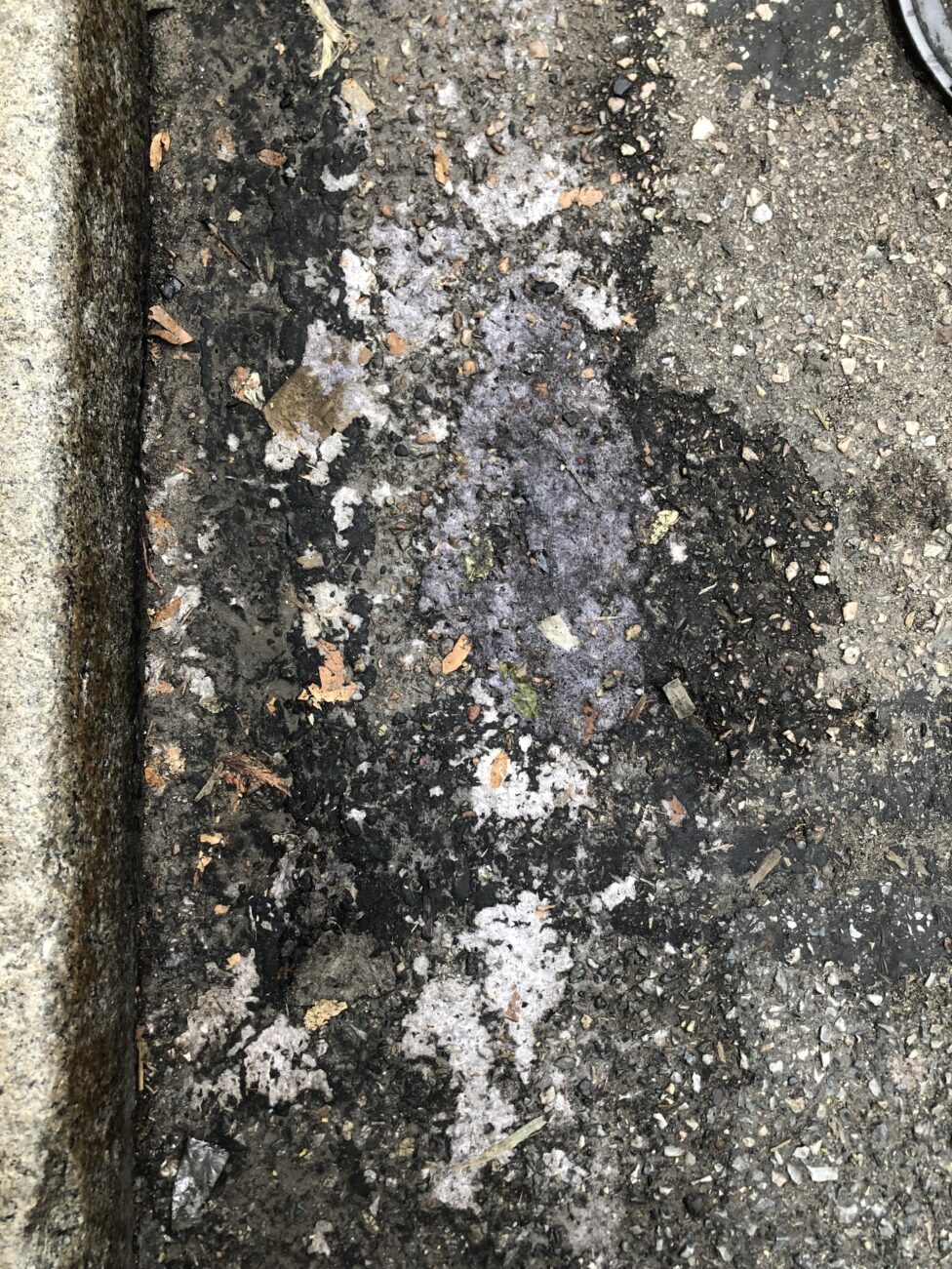
Scenes from Night School; photos by School visitors, participants, and organizers.
